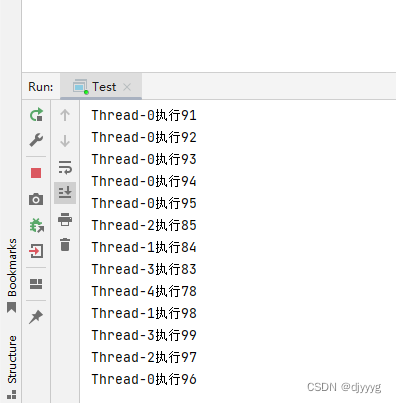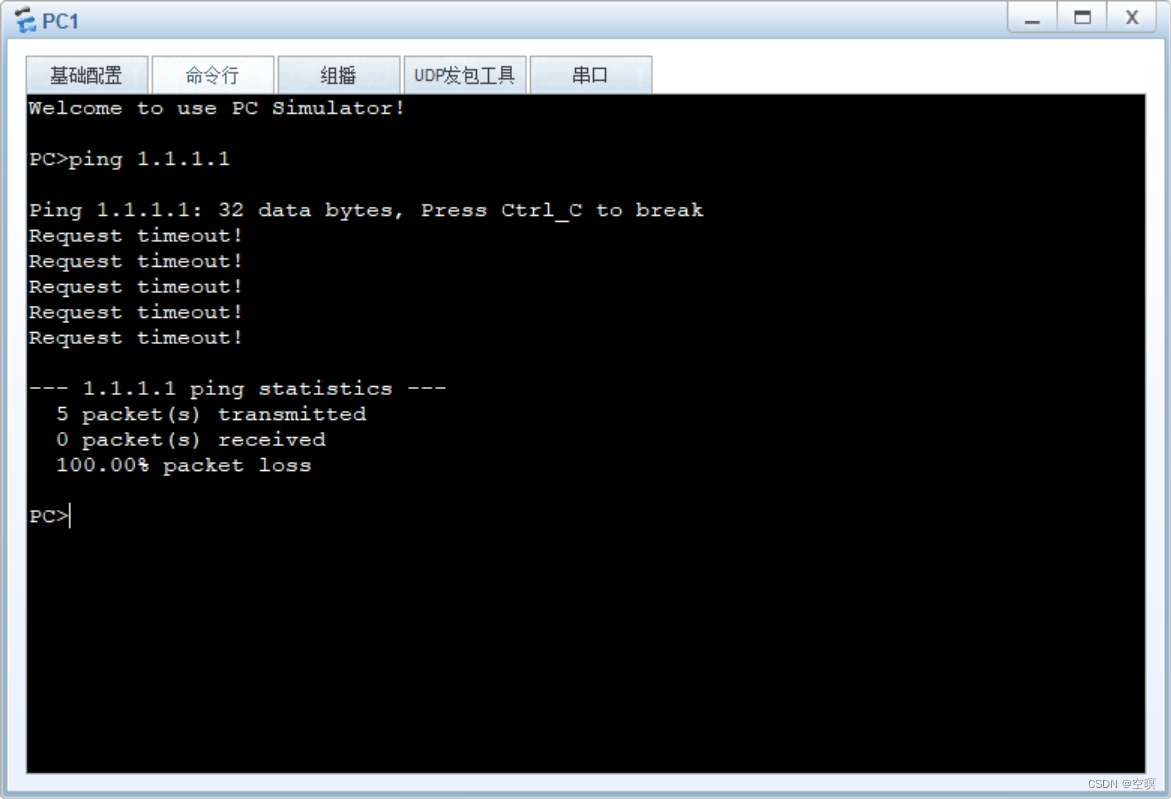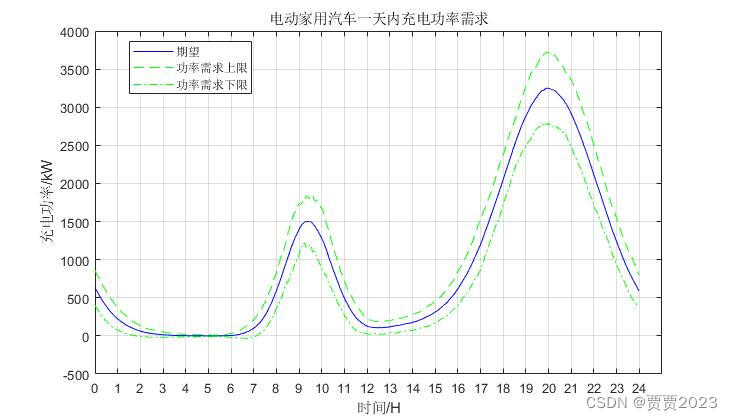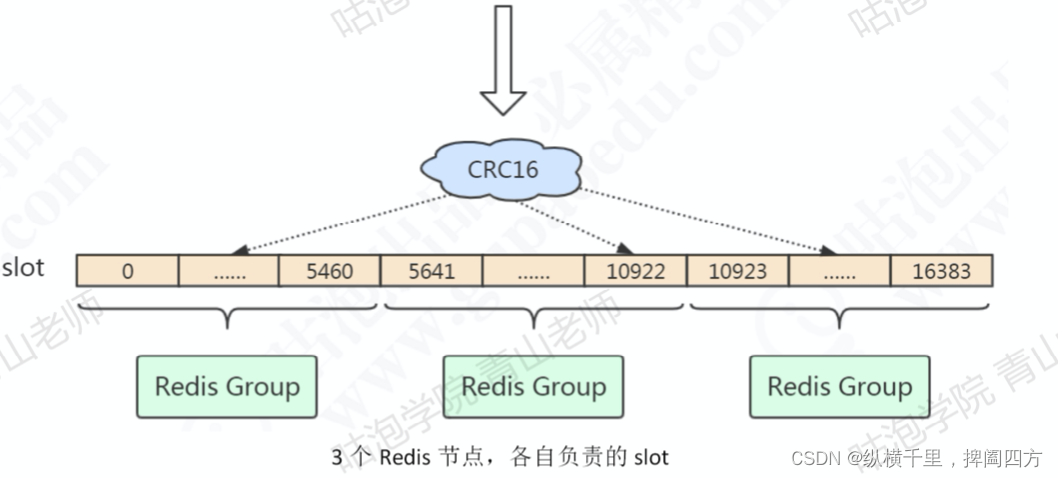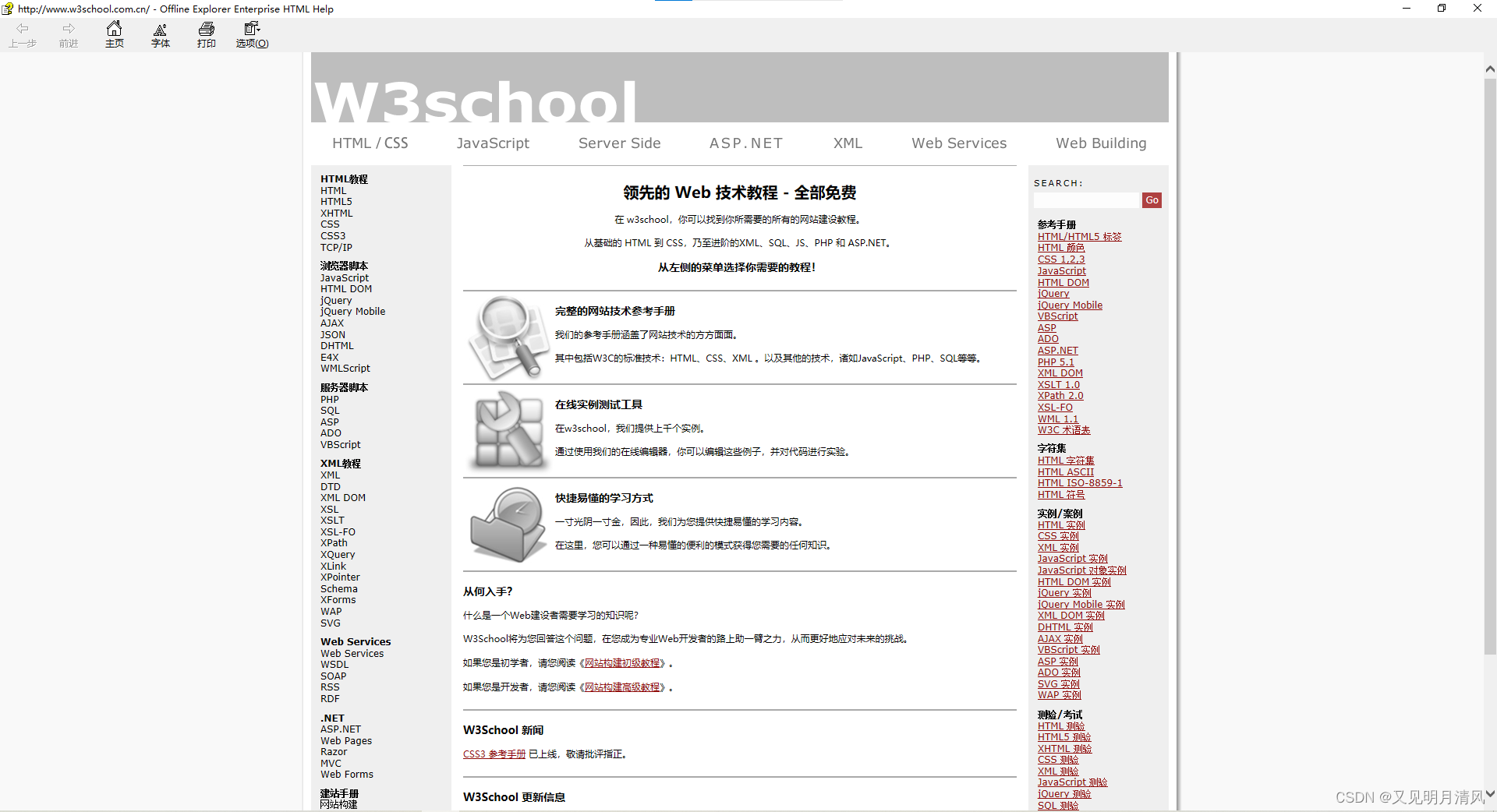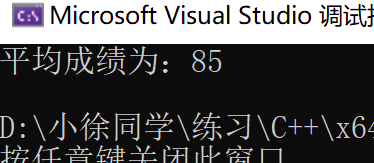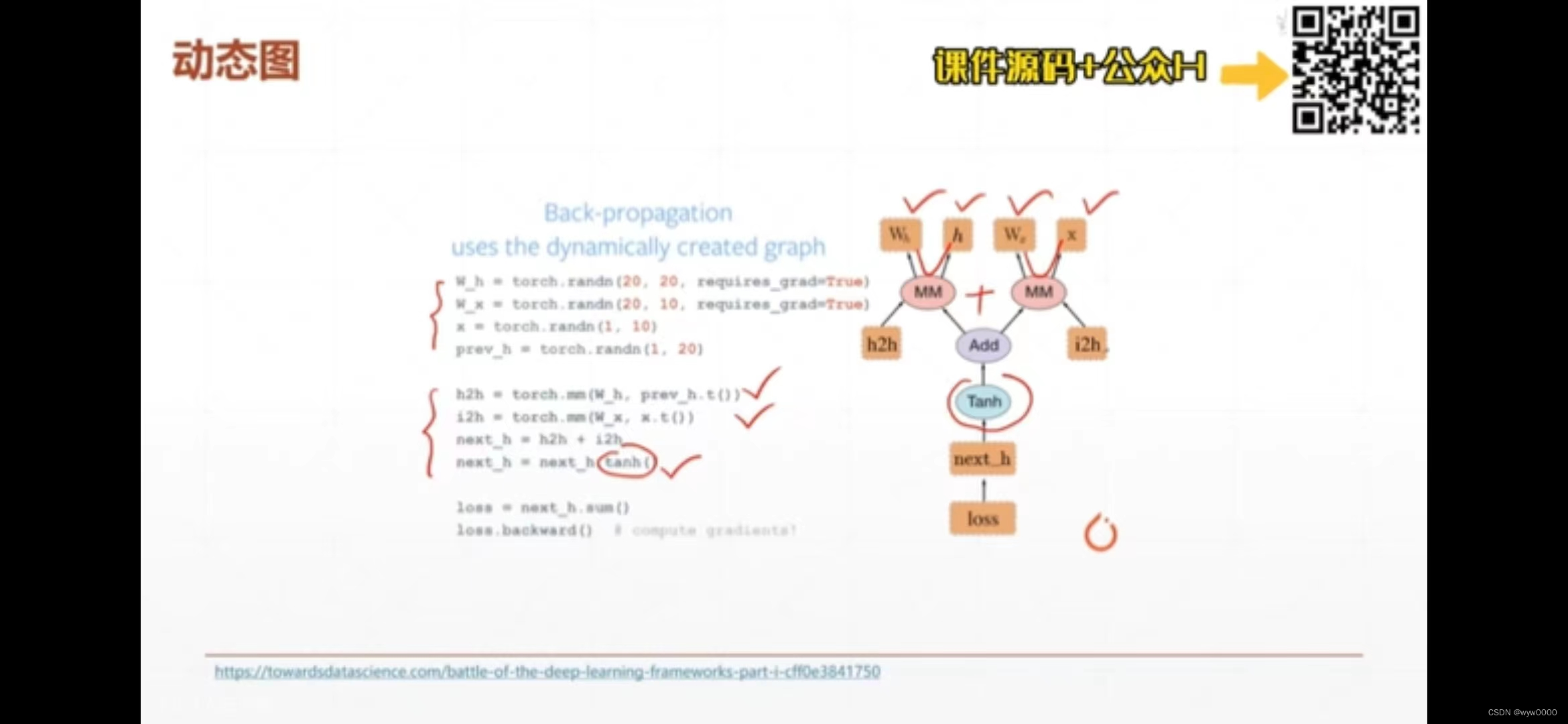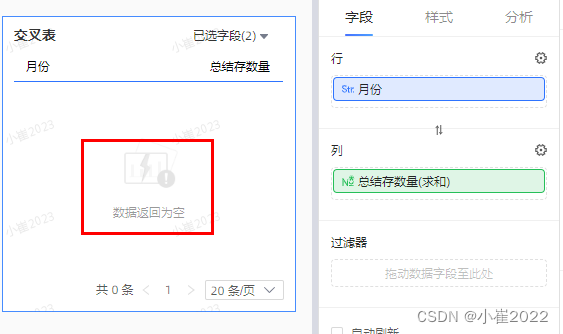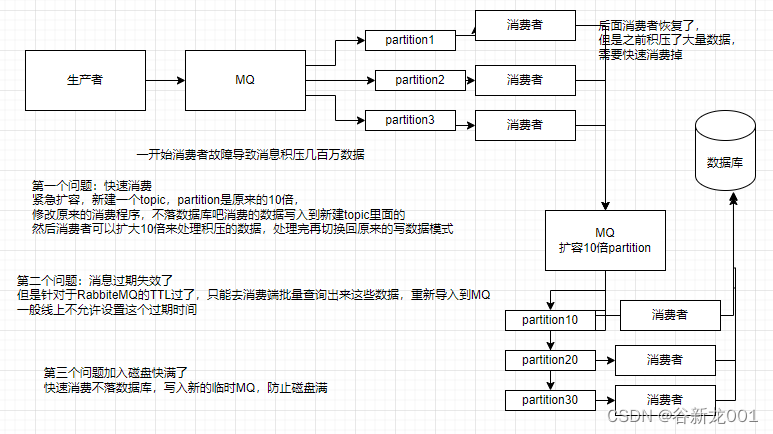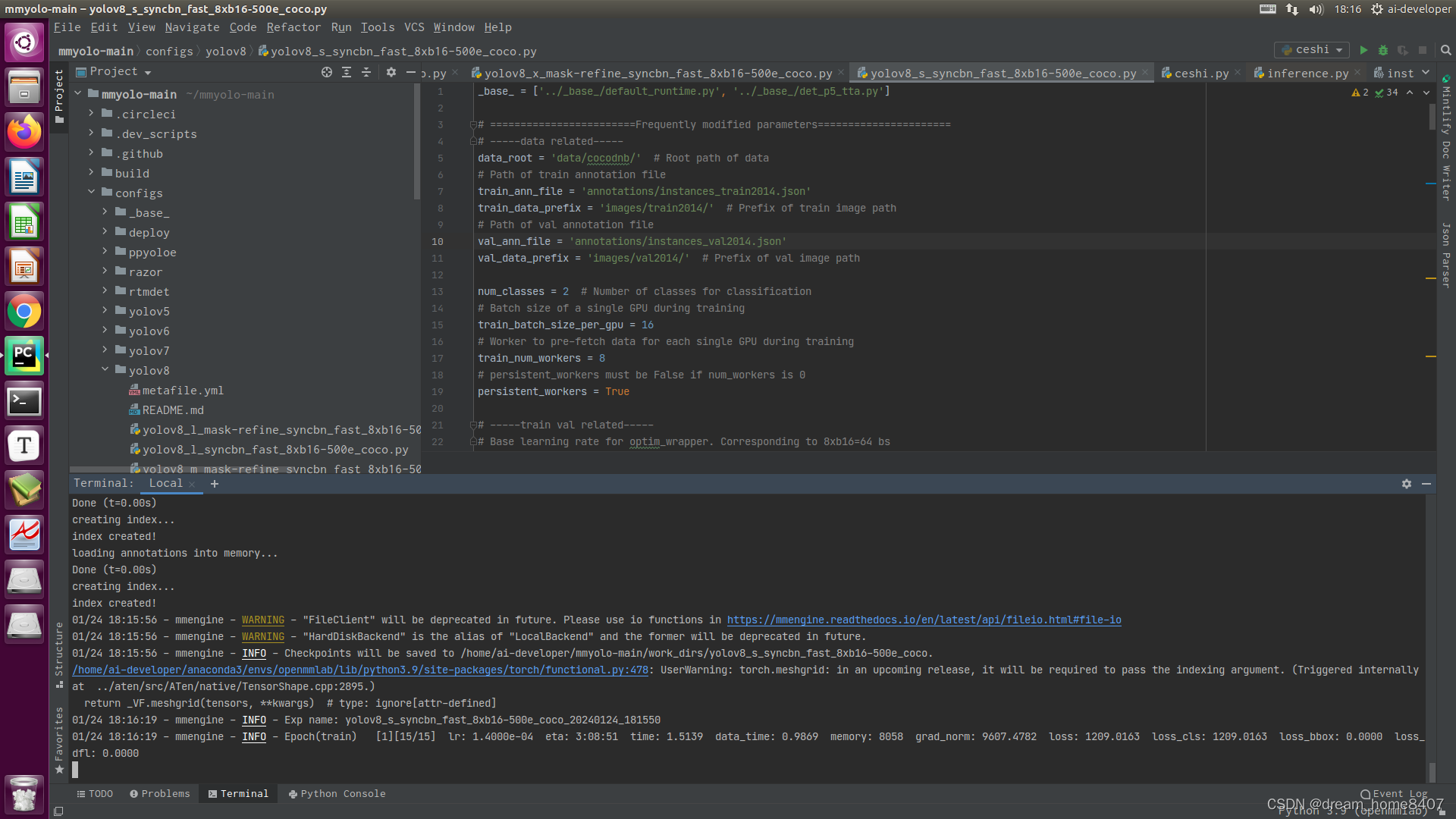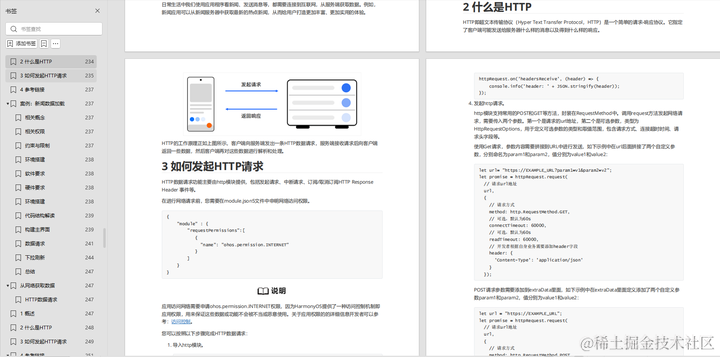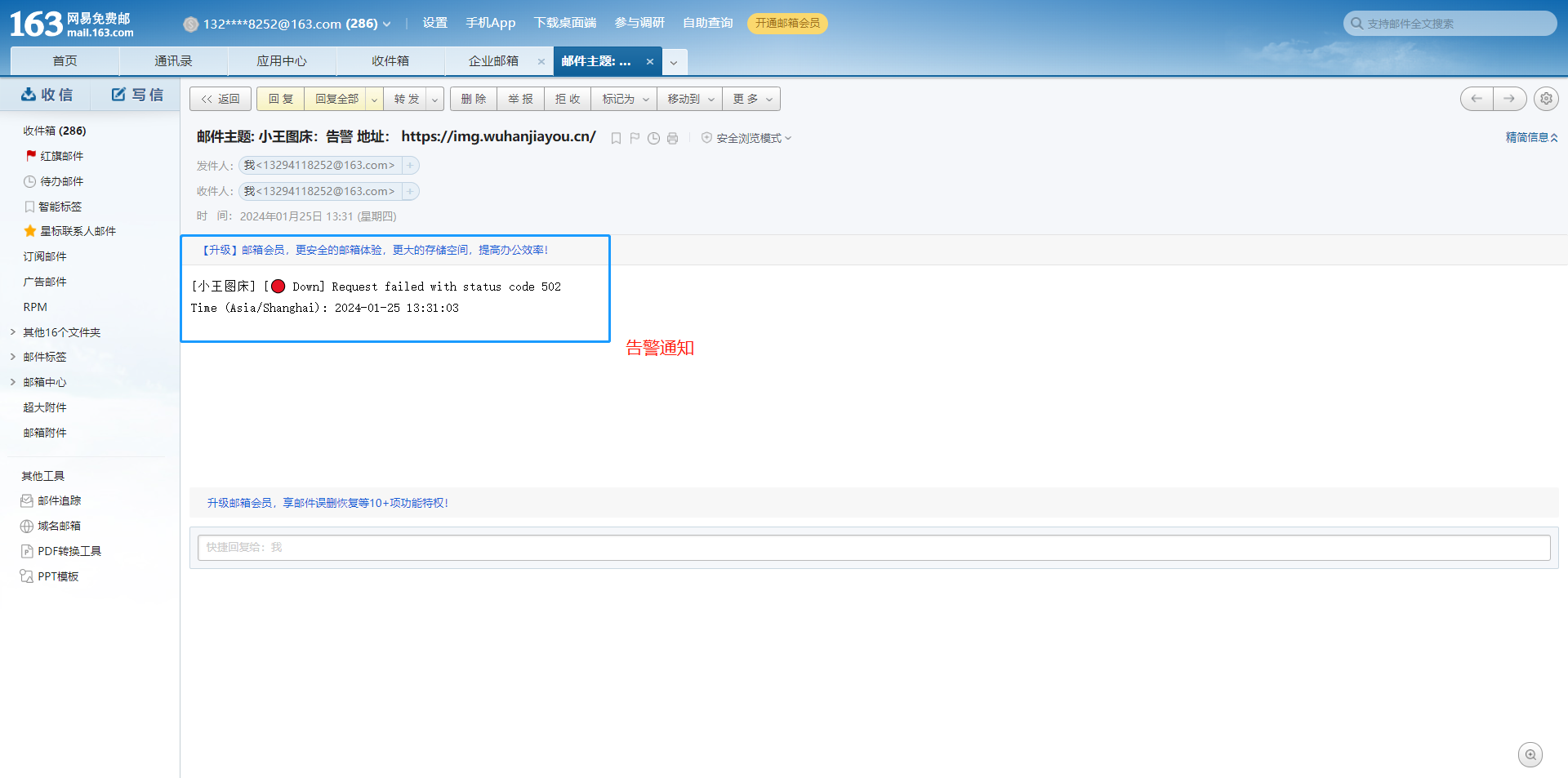废话不多说之间上代码
import java.util.ArrayList;
import java.util.List;
import java.util.concurrent.ArrayBlockingQueue;
import java.util.concurrent.BlockingQueue;
public class MyThreadPoolExecutor {
private List<Thread> list=new ArrayList<>();
private BlockingQueue<Runnable> blockingQueue=new ArrayBlockingQueue<>(100);
public MyThreadPoolExecutor(int size) {
for (int i = 0; i < size; i++) {
Thread thread=new Thread(()->{
while (true) {
Runnable runnable= null;
try {
runnable = blockingQueue.take();
runnable.run();
} catch (InterruptedException e) {
throw new RuntimeException(e);
}
}
});
thread.start();
list.add(thread);
}
}
public void submit(Runnable runnable) throws InterruptedException {
blockingQueue.put(runnable);
}
}
这里模拟的是固定数量的线程池
下面通过一个示例简单演示一下
public class Test {
public static void main(String[] args) throws InterruptedException {
MyThreadPoolExecutor myThreadPoolExecutor=new MyThreadPoolExecutor(5);
for (int i = 0; i < 100; i++) {
int count=i;
myThreadPoolExecutor.submit(()->{
System.out.println(Thread.currentThread().getName()+"执行"+count);
});
}
}
}
